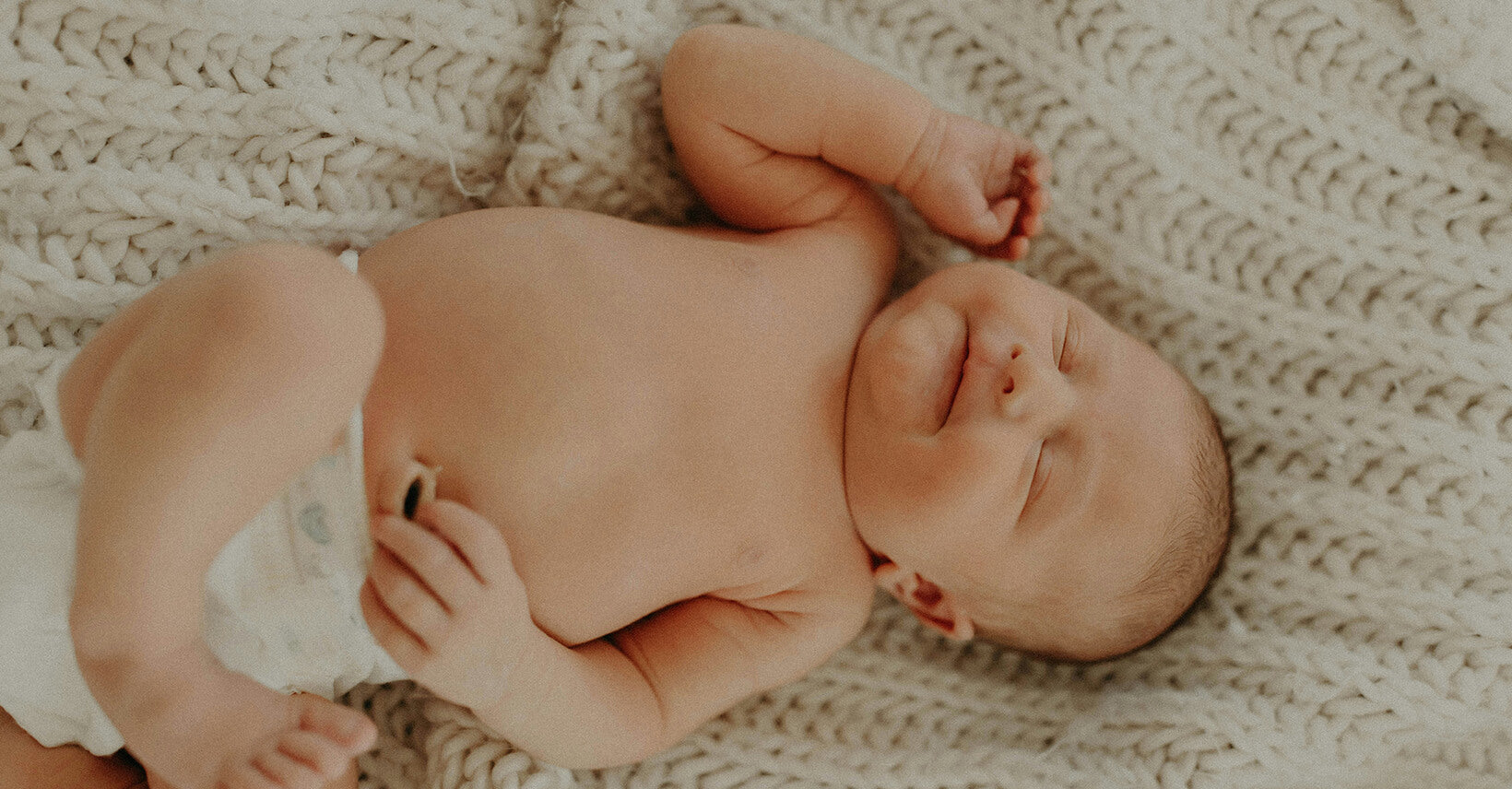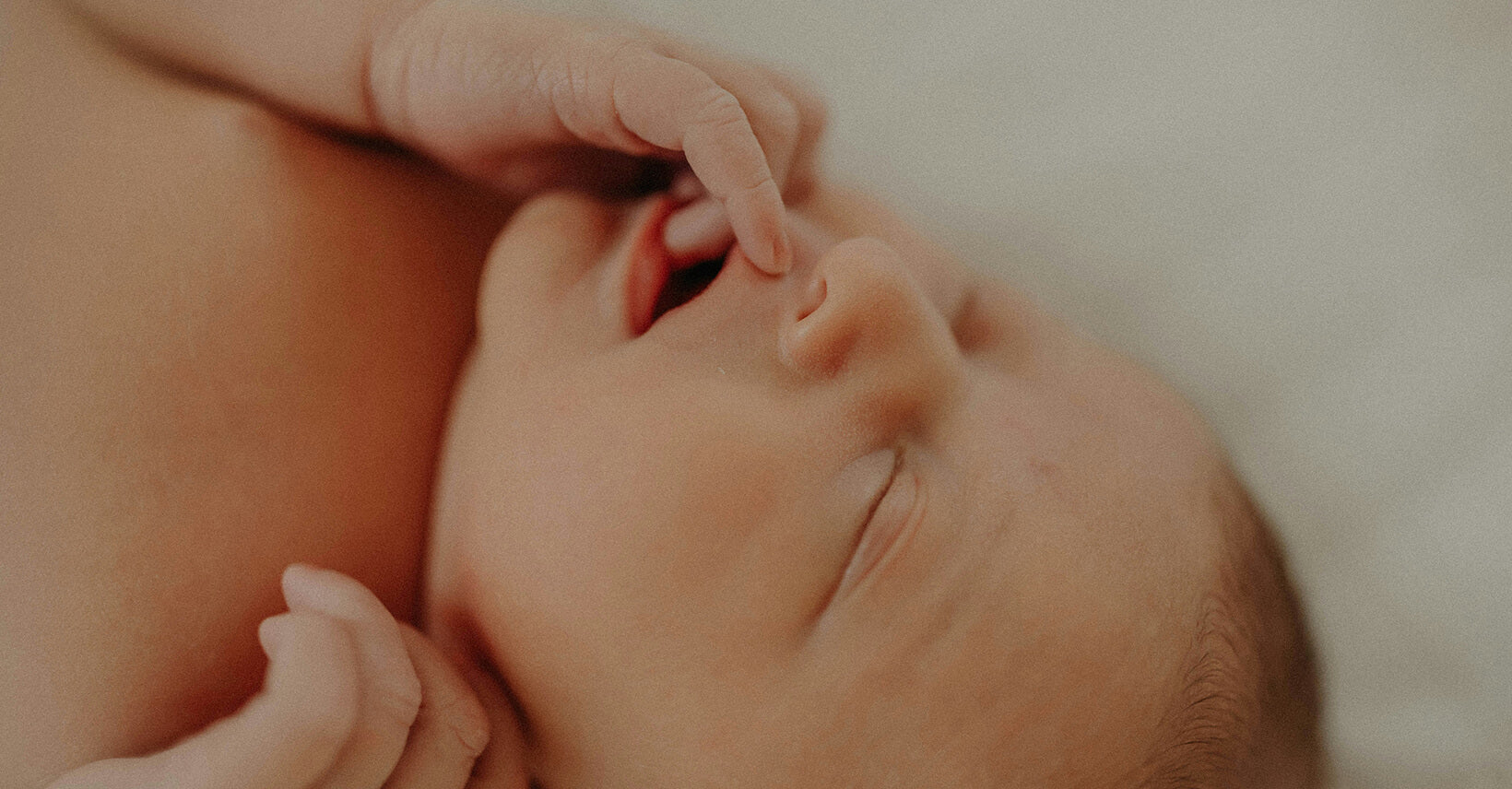
Are Sleep Sacks Really Safe For Your Baby to Sleep In?
Babies need extra support while sleeping–what better way to hit the sack than to literally be in a sack? Infant sleeping bags, better known as sleep sacks, are blankets your baby wears to stay warm and safe at night. Also, they’re adorable and make your baby look extra cozy.

Yujia Shi
An expert in sleep sack design, is a valued contributor to Kaiya Baby's blog. With a strong background in baby sleep bags and maternal care, she is highly regarded for her professionalism. Yujia Shi prioritizes baby comfort and safety in her designs, using high-quality materials. Her insightful articles on sleep bags have been featured in reputable publications and have gained a significant readership. Trust Yujia Shi to help you create a comfortable and safe sleep environment for your baby, backed by her proven track record in the industry.



Leave a comment
This site is protected by reCAPTCHA and the Google Privacy Policy and Terms of Service apply.